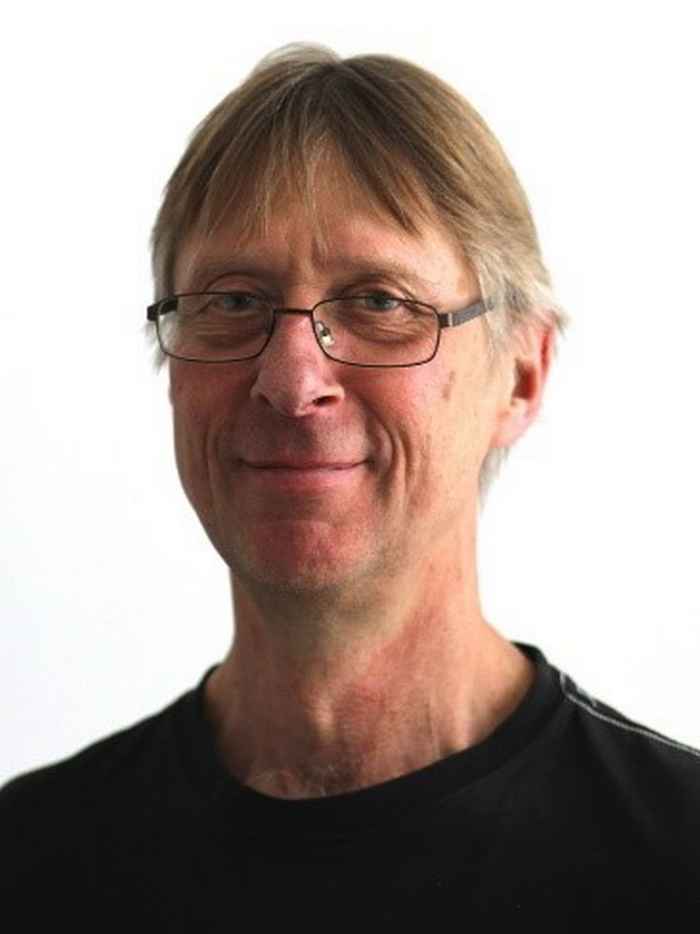In memoriam professor Paul Kamer (1960-2020)
20 November 2020

Paul Kamer was born in Hilversum where he spent his childhood. After high school he obtained his Bachelor and Master cum laude at the University of Amsterdam. After his master's degree in chemistry, he obtained his PhD in 1987 with Prof. Nolte at Utrecht University for his thesis on enantioselective polymerization of isocyanide. After post-doc periods at CalTech in the group of Prof. Dervan and in Leiden in the group of Prof. van Boom, he started his academic career in 1990 as an assistant professor at the University of Amsterdam. After promotion to associate professor in 1998 and professor in 2005, Paul Kamer moved in 2005 to the University of St Andrews in Scotland to further develop his group in the field of homogeneous catalysis. In 2017, Paul Kamer left the British island to pursue his career at the Leibniz Institut für Katalyse in Germany. His fruitful research has resulted in about 250 widely cited scientific publications and a number of patents. He was also Associate Editor of Catalysis Science and Technology, and visiting professor at various universities.
Paul Kamer started as an assistant professor in the group of Prof. Piet van Leeuwen, who had just started as professor by special appointment at the University of Amsterdam. Together they set up the homogeneous catalyst group at the UvA, and made important scientific contributions to ligand concepts (“The bite angle makes the difference”) and insights in the field of hydroformylation reactions. One of the ligands developed by Paul and Piet is Xantphos, which has since become one of the benchmark ligands used in many (industrial) catalytic reactions. Later, Paul worked on new bio-inspired concepts. He has functionalized DNA with catalysts, for example, and taught enzymes to do unnatural reactions by functionalizing them with rhodium catalysts. At the Leibniz Institut für Katalyse his research shifted back towards application.
We will continue to remember Paul Kamer as a sound scientist, but above all a good friend and colleague. Our condolences go out to his wife Gini, family and friends.